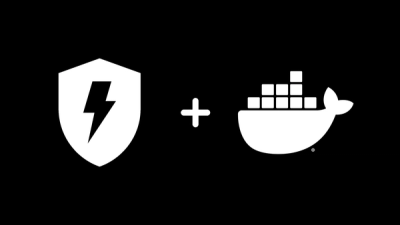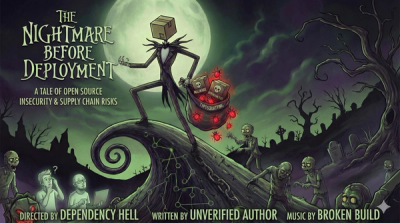Kaitai Struct: visualizer
This is a console visualizer for the Kaitai Struct project.

Kaitai Struct is a declarative language used for describe various
binary data structures, laid out in files or in memory: i.e. binary
file formats, network stream packet formats, etc.
The main idea is that a particular format is described in Kaitai
Struct language (.ksy file) and then can be compiled with
ksc into source files in one of the supported programming
languages. These modules will contain generated code for a parser
that can read the described data structure from a file / stream and provide
access to it using a nice, easy-to-understand API.
See the Kaitai Struct homepage for details on .ksy files and general usage patterns.
Downloading and installing
Requirements
- ksc —
kaitai-struct-compiler
- Java (the latest LTS version 21 recommended, at least Java 8 required),
JDK or JRE at your option
- Ruby (the latest Ruby 3.x recommended, at least Ruby 2.4 required)
From the RubyGems repository
Kaitai Struct visualizer is written in Ruby and is
available on RubyGems. Thus,
you'll need Ruby installed on your box and then you can just run:
gem install kaitai-struct-visualizer
You can use ksv --version to check what versions of ksv and its dependencies are installed, for example:
$ ksv --version
kaitai-struct-visualizer 0.11
kaitai-struct-compiler 0.11
kaitai-struct 0.11 (Kaitai Struct runtime library for Ruby)
The versions of kaitai-struct-compiler and kaitai-struct should match. If not, see https://kaitai.io/#download for instructions how to install the latest version of kaitai-struct-compiler and/or use gem update kaitai-struct to update the kaitai-struct gem if needed.
Source code
If you're interested in developing the visualizer itself, you can check
out the source code from the kaitai_struct_visualizer GitHub repository:
git clone https://github.com/kaitai-io/kaitai_struct_visualizer.git
Then run bundle install to install dependencies. After that, you can run bin/ksv or bin/ksdump right away (without having to install the kaitai-struct-visualizer gem first), which makes development easier.
Usage
There are two executables provided by this package:
ksv — interactive console visualizer with GUIksdump — command-line tool for dumping parsed data in JSON, XML or YAML format to standard output (stdout)
The basic usage is similar for both programs:
ksv <file_to_parse.bin> <format.ksy>|<format.rb>
For ksdump, it may be useful to change the output format with the -f option (the default is yaml) and redirect the output to a file so that your terminal is not flooded with thousands of lines (for larger input files):
ksdump -f json <file_to_parse.bin> <format.ksy> > output.json
Running with Docker
This project is also available via the kaitai/ksv image on Docker Hub. The default entrypoint is ksv (the interactive visualizer):
docker run --rm -it -v "$(pwd):/share" kaitai/ksv <file_to_parse.bin> <format.ksy>
You can specify ksdump as the entrypoint like this (and note that we don't need the -it flags anymore because ksdump is not interactive — omitting them in fact allows you to distinguish the ksdump's output to stdout and stderr, see this comment):
docker run --rm -v "$(pwd):/share" --entrypoint ksdump kaitai/ksv -f json <file_to_parse.bin> <format.ksy> > output.json
Building the Docker image locally:
docker build . --tag docker.io/kaitai/ksv
Licensing
Kaitai Struct visualizer is copyright (C) 2015-2025 Kaitai Project.
This program is free software: you can redistribute it and/or modify
it under the terms of the GNU General Public License as published by
the Free Software Foundation, either version 3 of the License, or
(at your option) any later version.
This program is distributed in the hope that it will be useful,
but WITHOUT ANY WARRANTY; without even the implied warranty of
MERCHANTABILITY or FITNESS FOR A PARTICULAR PURPOSE. See the
GNU General Public License for more details.
You should have received a copy of the GNU General Public License
along with this program. If not, see https://www.gnu.org/licenses/.
Note that it applies only to visualizer itself, not .ksy input files
that one supplies in normal process of compilation, nor to compiler's
output files — that constitutes normal usage process and you obviously
keep copyright to both.




